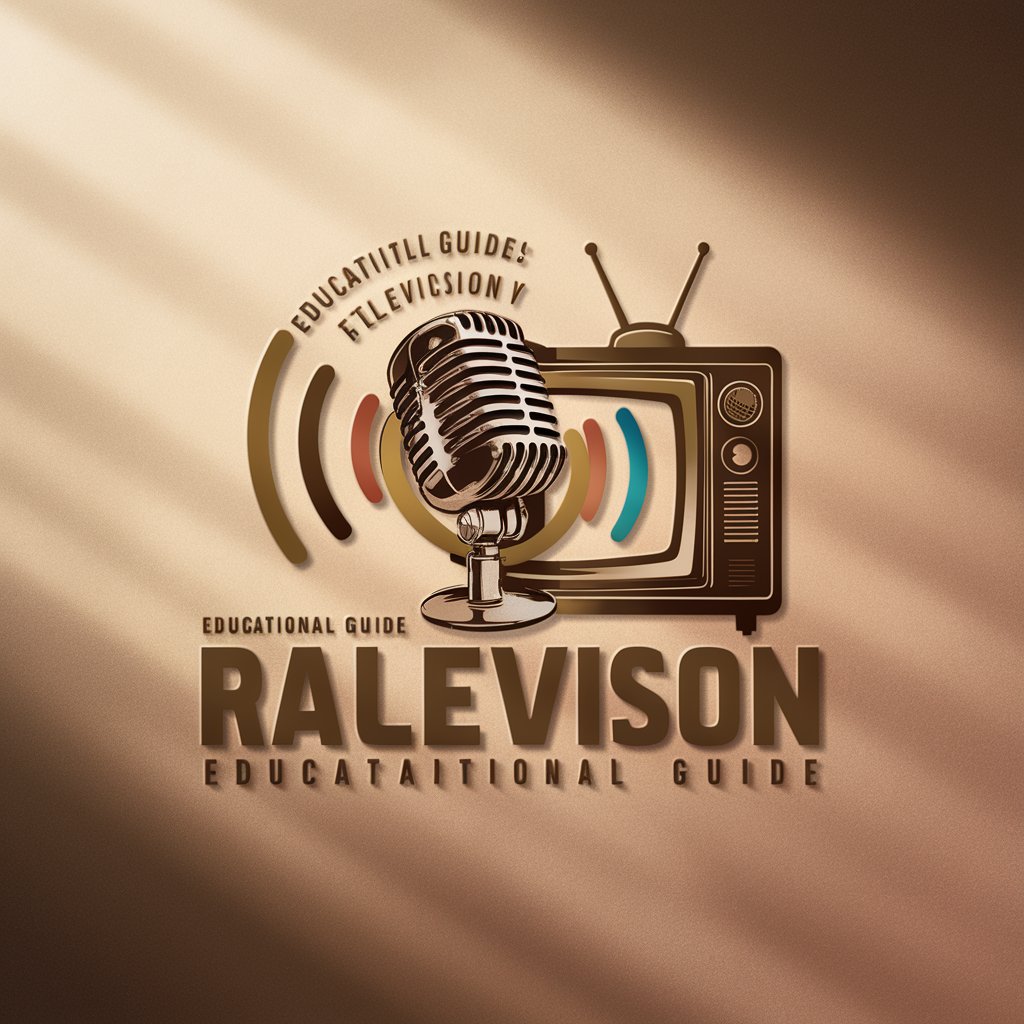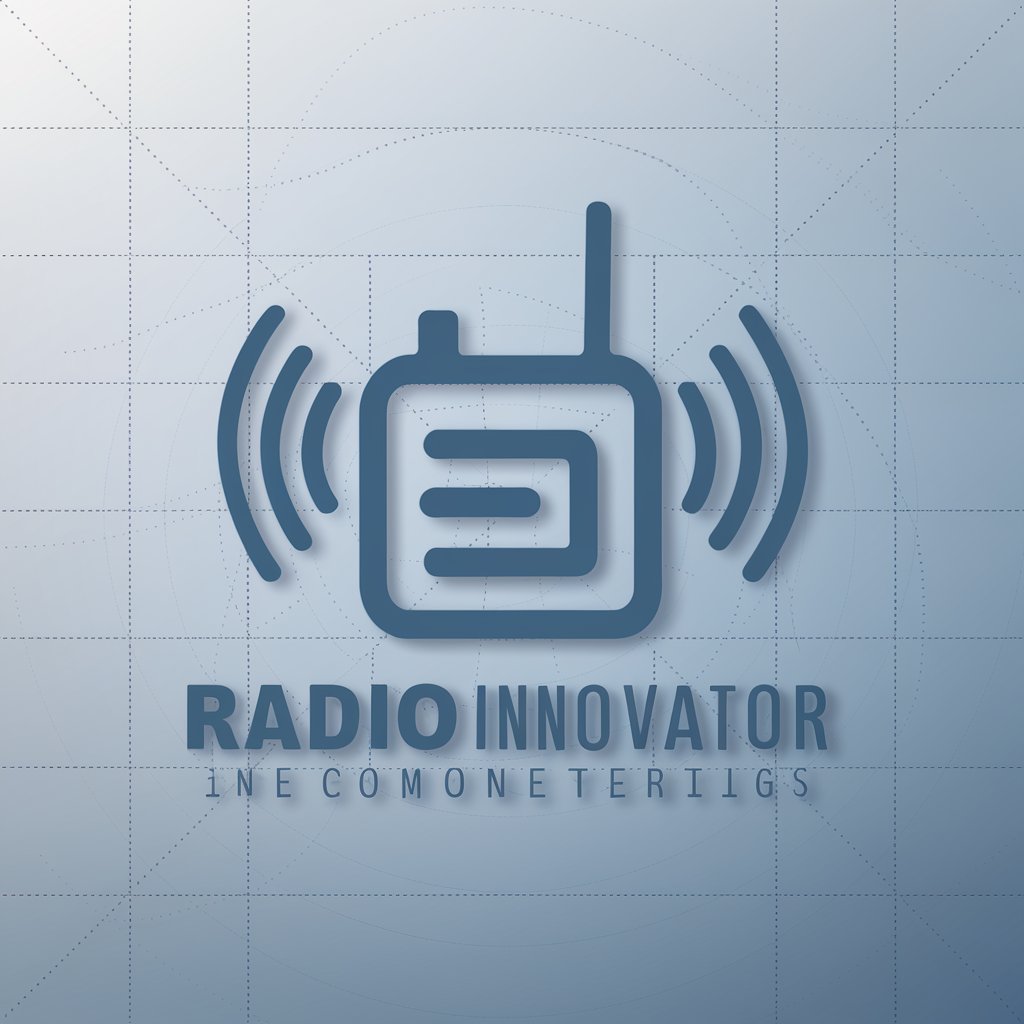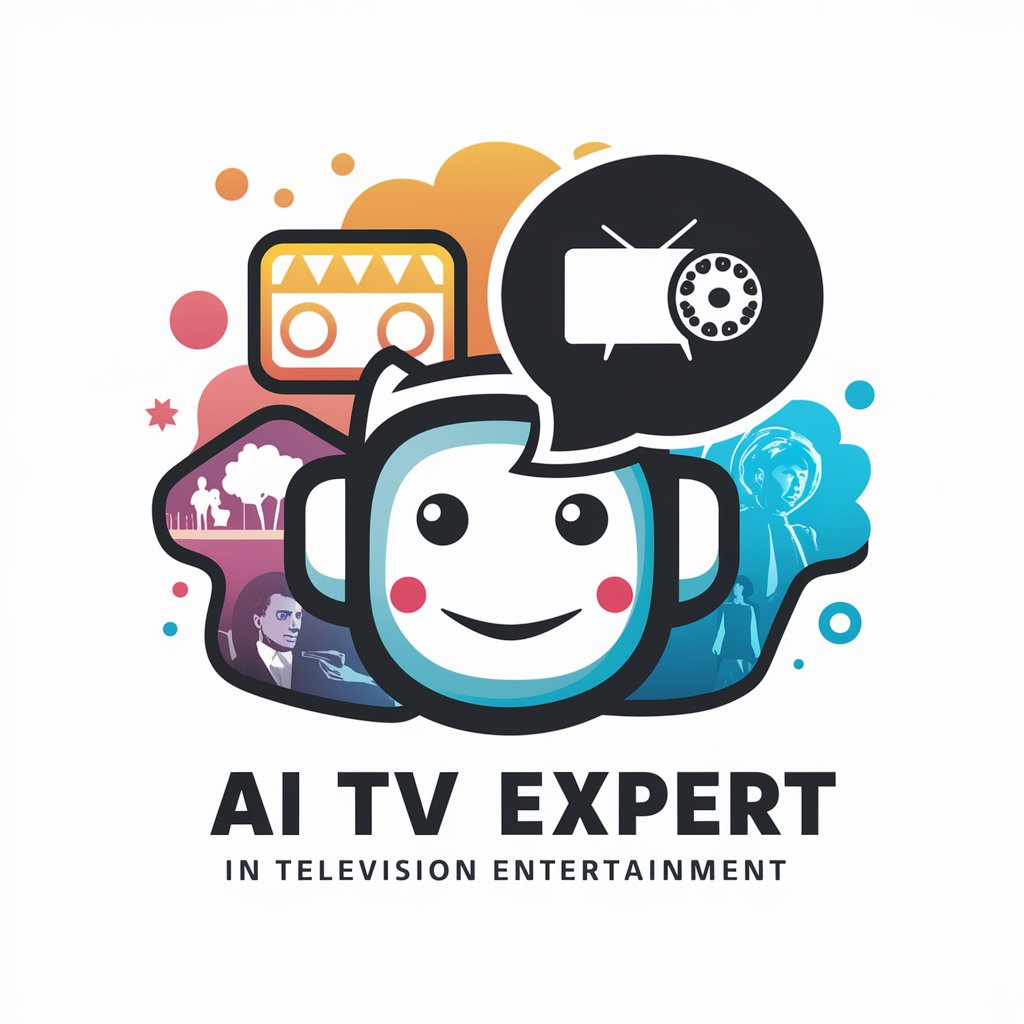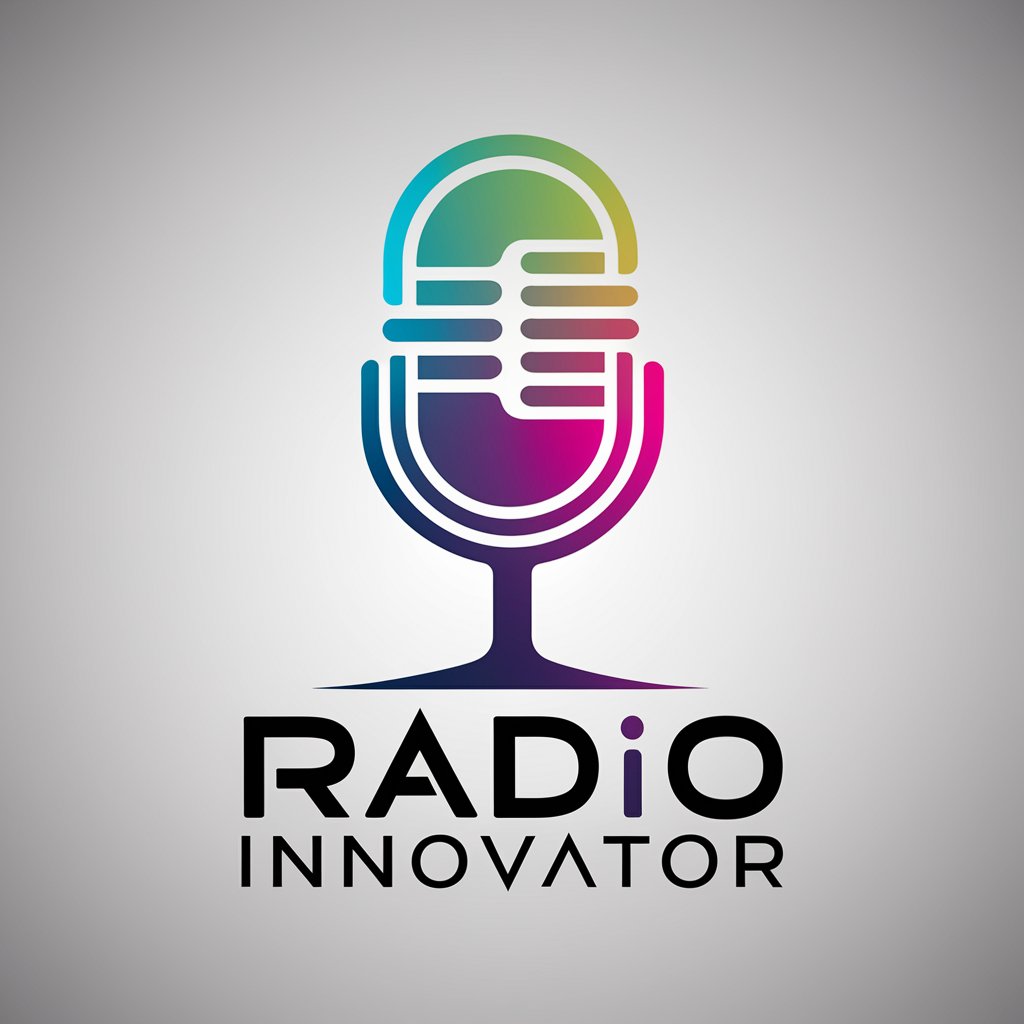
Introduction to Radio & Television - Radio and TV Insights

Welcome! Dive into the world of radio and television with us.
Explore the airwaves digitally!
Explain the impact of radio on early 20th-century culture.
Describe the technological evolution of television from its inception to the modern day.
Discuss the role of branding in contemporary television.
Analyze the sociocultural changes brought about by the rise of audio-visual media in India.
Get Embed Code
Introduction to Introduction to Radio & Television
Introduction to Radio & Television is a specialized model designed to act as an educational guide focused on the history, technology, and cultural impact of radio and television. This model serves to assist users by providing in-depth knowledge about the evolution of broadcasting, technical insights into how radio and television work, and analysis of the industry's societal influences. For example, a user curious about the transition from analog to digital broadcasting would receive a detailed explanation of the technological advancements involved, the regulatory framework, and the implications for content distribution and reception. Powered by ChatGPT-4o。

Main Functions of Introduction to Radio & Television
Educational Guidance
Example
Explaining the shift from radio dramas to television sitcoms, detailing the reasons for the shift in media consumption, the technology that enabled television's growth, and the cultural impacts of this transition.
Scenario
A user studying media history seeks to understand how television evolved to dominate over radio in the entertainment industry.
Technical Insights
Example
Describing the inner workings of FM and AM radio transmission, the role of satellite technology in live television broadcasts, and how digital television compresses video data.
Scenario
A user with a technical background asks for specifics about how HD television provides a higher resolution picture compared to standard definition.
Industry Impact Analysis
Example
Discussing how the introduction of cable television changed advertising strategies, viewer habits, and led to the niche targeting of audience demographics.
Scenario
A marketing student is researching the effects of cable television on national advertising campaigns.
Ideal Users of Introduction to Radio & Television
Students and Researchers
Individuals engaged in academic studies or research about communication, media studies, and history who require detailed, historical, and technical knowledge about radio and television.
Media Professionals
Broadcasters, content creators, and media managers looking to understand historical trends, technological advancements, and regulatory impacts to apply this knowledge in their strategic planning and operations.
General Public with Curiosity in Broadcasting
Enthusiasts of radio and television broadcasting who are eager to learn more about the medium's evolution, its cultural significance, and the technical aspects of how broadcasts are created and delivered.

Steps for Using Introduction to Radio & Television
1
Visit yeschat.ai for a free trial without login, also no need for ChatGPT Plus.
2
Select the 'Introduction to Radio & Television' from the available tools to start exploring radio and television history, technology, and industry insights.
3
Utilize the search feature to find specific topics or questions you have about radio and television. This tool is equipped with a vast array of information to assist your learning.
4
Take advantage of the interactive Q&A format for a more engaging learning experience. You can ask specific questions and receive detailed answers tailored to enhance your understanding.
5
Review the additional resources recommended by the tool for deeper exploration of topics of interest. These resources include books, articles, and websites that provide further detailed information.
Try other advanced and practical GPTs
Introduction to Wardley Mapping
Strategize with AI-Powered Mapping

Love Letter
Craft heartfelt connections with AI

Cover Letter Composer
Craft Your Professional Future with AI

Video Sales Letter
Elevate Your Message with AI-Powered Persuasion

Letter Game
Unravel Words with AI

Memory Key
Empowering Secure Memories

中医圣人
Empowering TCM Knowledge with AI

Dress My Pet
Dress your pet with AI flair!

How to Dress Anyone
Style Smarter with AI

Damsel in This Dress
Fashion insights from AI with a chic twist.

How to Dress AI
Your AI-Powered Style Guide

Bridal Dress Advisor
Visualizing Your Dream Dress

Sample Q&A for Introduction to Radio & Television
What are the key differences between AM and FM radio?
AM (Amplitude Modulation) radio transmits sound by varying the amplitude of the signal, which makes it more susceptible to noise interference. FM (Frequency Modulation) radio enhances sound quality by varying the frequency of the signal, which is less affected by noise, resulting in clearer sound.
How did television evolve from black and white to color?
Television evolved from black and white to color through technological advancements in broadcast technology and television sets. The first publicly demonstrated color broadcast was by CBS in 1951, but it was the NTSC standard adopted in 1953 that set the foundation for modern color TV.
What role do ratings play in the television industry?
Ratings measure the number of viewers watching a particular show at a given time and are crucial for the television industry. They help networks and advertisers determine the popularity of shows, which influences advertising rates, programming decisions, and the financial success of networks and shows.
Can you explain the impact of digital technology on radio?
Digital technology has significantly impacted radio by enhancing sound quality, increasing the number of available channels, and providing new features like pause, rewind, and forward. Digital platforms also allow for radio streaming over the internet, expanding listener access beyond traditional frequencies.
What are the major challenges facing television broadcasting today?
Major challenges include adapting to changing viewer habits, such as the shift towards streaming services and on-demand content, competition from digital platforms, maintaining advertising revenue in a fragmented market, and addressing the global nature of content consumption in the digital age.





